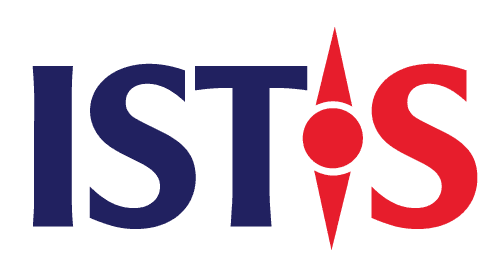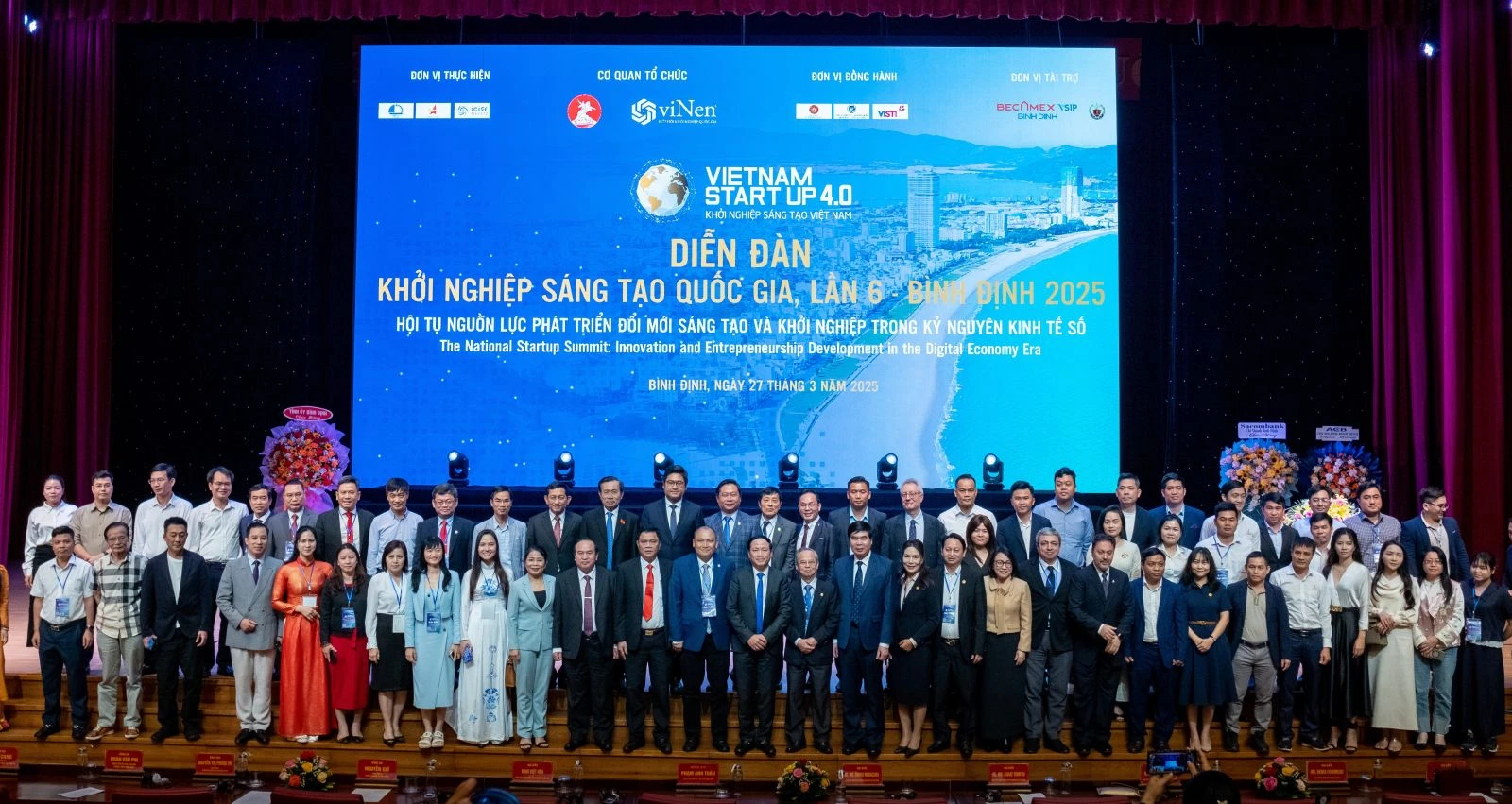We live in a world saturated with data. From financial dashboards and supply chain metrics to climate projections and health statistics, information pours in faster than most organizations can absorb. Yet having data is not the same as understanding it. This is where visualization becomes indispensable. When structured properly, a simple chart or interactive dashboard can convey patterns, relationships, and insights that would take thousands of rows of raw data to detect.
Visualization is no longer just about turning spreadsheets into graphs. It’s now a core component of modern decision-making. Executives rely on visual summaries to track business performance. Researchers use visual mapping to detect correlations. Policymakers interpret public trends through layered charts. In every case, effective visuals cut through noise and make data accessible to broader audiences—including those without technical backgrounds.
Importantly, visualization also serves as a storytelling medium. Numbers on their own rarely persuade. But a well-framed visual can guide an audience through a narrative, highlight exceptions, and compel action. Whether you’re illustrating a gap in equity, demonstrating an operational bottleneck, or tracking progress toward sustainability goals, visuals bridge the gap between evidence and understanding.
Moreover, the rise of real-time data sources—from IoT sensors to streaming analytics—has changed the way visual tools are used. Static reports are being replaced by dynamic dashboards that update as conditions change. This shift turns data visualization into a live feedback mechanism rather than a historical summary, allowing teams to react quickly to emerging risks or opportunities.
But the growing volume and complexity of data also raise the stakes. Poor visualization—whether through misleading graphs, lack of context, or overwhelming detail—can result in confusion, misjudgment, or misplaced trust. As data becomes more embedded in strategic choices, the role of good design, responsible presentation, and intuitive interfaces becomes even more critical.
Common Types of Data Visualization Tools and What They Do Best
The landscape of data visualization tools is vast, with each category serving a specific audience and use case. At a broad level, most tools fall into three main types: business intelligence platforms, developer-focused libraries, and specialized visualization software. Understanding the strengths of each helps organizations choose the right tool for their needs.
Business intelligence (BI) tools like Tableau, Power BI, and Looker are widely used across industries. These platforms are designed with non-technical users in mind, offering drag-and-drop interfaces, built-in connectors to databases, and ready-to-use charts. Tableau is often praised for its visual polish and interactivity, while Power BI integrates seamlessly with Microsoft’s ecosystem. These tools are ideal for generating dashboards, KPIs, and real-time analytics across sales, finance, operations, and HR.
For developers and data scientists, code-based libraries like D3.js, Plotly, Matplotlib, and Seaborn offer unmatched flexibility. D3.js enables the creation of custom, interactive visualizations using JavaScript and SVG elements, giving full control over every pixel. Python libraries such as Matplotlib and Seaborn are widely used in data science workflows, particularly in Jupyter notebooks, due to their ability to quickly generate complex statistical plots. Plotly bridges the gap with support for both Python and JavaScript, making it useful for web-based interactive charts.
Then there are specialized tools built for specific purposes. Geospatial visualization platforms like ArcGIS and Kepler.gl are ideal for mapping data across geographic dimensions. Network visualization tools such as Gephi or Cytoscape help researchers explore relationships in biological systems, social media, or organizational networks. Tools like Infogram, Piktochart, and Canva Charts cater more to communicators, marketers, and educators, who prioritize visual appeal for public-facing content.
Increasingly, platforms are converging—blending features from multiple categories. Some BI tools now offer Python and R integrations; coding libraries include no-code dashboards; geospatial features are embedded into enterprise suites. This evolution reflects the growing demand for tools that are both powerful and accessible.
Ultimately, choosing the right tool depends on your goals. If your audience is the C-suite, interactivity and speed may matter most. If you’re exploring data science insights, statistical depth and scripting flexibility take precedence. The best visualization tools are those that balance ease of use with analytical power, allowing insights to emerge without technical friction.
Key Features That Set Top Visualization Tools Apart
As organizations grow more data-driven, the criteria for selecting data visualization tools have become more nuanced. It’s no longer enough for tools to produce charts—they must also support the full lifecycle of data storytelling, from ingestion and transformation to analysis and distribution. The best tools stand out through a blend of performance, usability, and adaptability.
A key differentiator is data connectivity. Leading tools support a wide range of sources, including cloud-based databases (like BigQuery and Snowflake), spreadsheets, APIs, and real-time streaming data. Seamless integration means users can visualize live data without needing complex ETL pipelines or manual uploads, reducing latency and increasing decision-making speed.
User interface and experience (UI/UX) is another crucial aspect. A well-designed tool offers intuitive workflows, drag-and-drop functionality, and smart defaults that guide users in choosing appropriate chart types. Customization is equally important—users should be able to tweak colors, fonts, tooltips, and animations to align with brand or analytical needs. For power users, features like calculated fields, custom scripts, and parameterized controls enhance analytical depth.
Interactivity takes visualizations from static snapshots to dynamic dashboards. Filters, drill-downs, hover effects, and user-selectable variables allow audiences to explore data based on their own questions. Tools like Tableau and Power BI excel here, allowing viewers to discover insights on their own rather than passively consuming a report.
Collaboration and sharing are now baseline expectations. Top-tier tools enable real-time collaboration, version history, commenting, and permission control. Dashboards can be embedded in portals, exported to PDFs, or shared via link with granular access settings. As remote and hybrid work becomes the norm, these capabilities help teams stay aligned.
Performance and scalability are often overlooked but essential—especially for enterprises. Tools must handle large datasets without compromising speed. Features like in-memory processing, caching, and query optimization are vital for ensuring dashboards remain responsive, even as data volumes scale.
Finally, security and governance play a growing role. Enterprises seek tools with audit trails, role-based access control, and compliance with standards like GDPR or HIPAA. Native support for authentication protocols (like SAML or OAuth) ensures secure integration into enterprise IT ecosystems.
In short, top visualization tools go beyond drawing charts—they serve as analytical platforms that empower decision-making, communication, and trust in data. Their value lies in how seamlessly they fit into both technical stacks and human workflows.
Real-World Use Cases and Industry Applications
Data visualization tools have become indispensable across industries, helping organizations convert complex datasets into clear, actionable insights. Their adaptability and visual clarity have reshaped decision-making, communication, and performance tracking—from the C-suite to the frontlines.
In healthcare, data visualization supports critical functions like patient monitoring, hospital capacity tracking, and public health analysis. During the COVID-19 pandemic, dashboards became essential in tracking infections, vaccine distribution, and resource allocation. Organizations now routinely visualize EHR data to identify patterns in treatment outcomes, track chronic disease trends, and optimize operational efficiency.
In finance, real-time dashboards power risk management, fraud detection, and market analysis. Investment firms visualize trading performance, while banks monitor customer behavior, credit trends, and compliance metrics. The ability to quickly detect anomalies or shifts in financial indicators can help institutions respond faster and stay competitive in volatile markets.
Retailers and e-commerce platforms use visualization tools to track everything from inventory levels and supply chain status to customer journeys and marketing campaign performance. By breaking down data silos, dashboards provide a unified view of sales trends, regional performance, and product lifecycles, allowing businesses to fine-tune strategies in real time.
In education, visual analytics are used to monitor student progress, curriculum effectiveness, and institutional performance. Universities and ministries of education use dashboards to visualize enrollment trends, identify at-risk students, and ensure resources are allocated effectively. The rise of online learning platforms has only amplified the need for real-time tracking and performance analytics.
In manufacturing, visual dashboards are used for production monitoring, predictive maintenance, and quality control. IoT sensors feed real-time data into visual interfaces that alert teams to equipment malfunctions or process inefficiencies. These insights help manufacturers reduce downtime and maintain high standards across production lines.
Public sector and government agencies use visualization tools to enhance transparency, monitor policy implementation, and engage citizens. From budget spending to environmental indicators, interactive dashboards allow both policymakers and the public to stay informed. In cities adopting smart governance, visualization plays a pivotal role in urban planning and civic engagement.
Across all these sectors, what unites the use of data visualization is its ability to bridge the gap between raw data and human understanding. It turns datasets into decision tools, giving organizations a competitive edge by enabling faster, more informed action.
the startup pitch has become one of the most critical gateways between a founder’s vision and the resources needed to make it real. With the global startup ecosystem growing more competitive each year, the ability to articulate a concise, persuasive narrative is no longer a nice-to-have — it’s a fundamental skill. Whether you’re pitching to investors, strategic partners, grant panels, or even potential hires, the pitch often serves as the first impression of your business. And in many cases, it’s the deciding factor in whether that impression leads to further conversations or a polite decline.
But pitching isn’t just about fundraising. At its core, it’s a process of distilling a complex set of ideas — market opportunity, solution design, business model, and team — into a format that makes sense to someone outside your bubble. A well-crafted pitch forces clarity, exposes gaps in thinking, and helps founders refine their own understanding of their venture. In this way, the startup pitch serves as both a communication tool and a strategic exercise.
As startup ecosystems become more distributed and global, founders are increasingly pitching to diverse, cross-border audiences with different cultural norms, expectations, and risk appetites. In this environment, the pitch must do more than present facts — it needs to connect on a human level. Investors and partners don’t just back ideas; they back people they believe in. That means the pitch must demonstrate not only market potential but also personal credibility, conviction, and adaptability.
Whether delivered in 60 seconds or 10 minutes, the modern startup pitch is not just a performance — it’s an invitation to build something together. And for founders who can communicate with both clarity and authenticity, it can be the beginning of a powerful journey.







